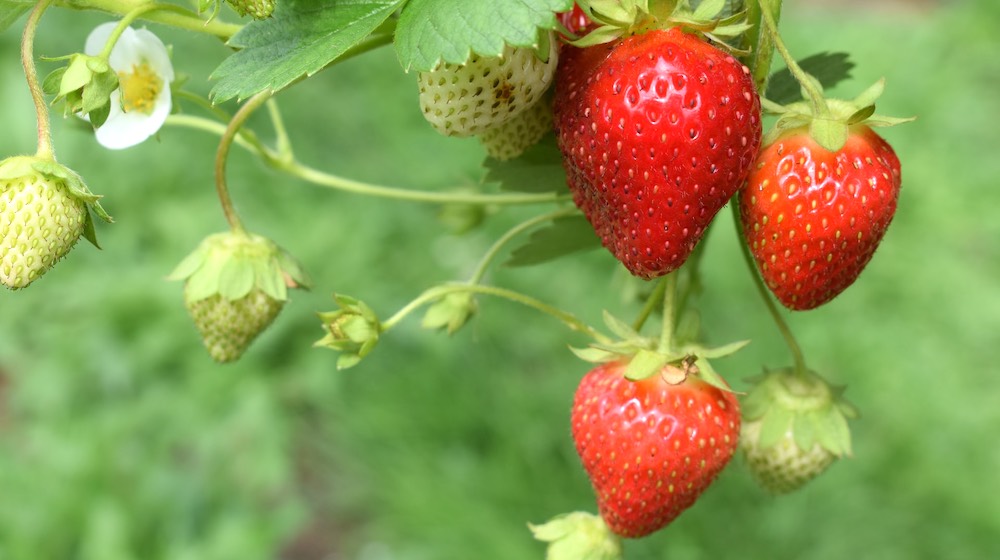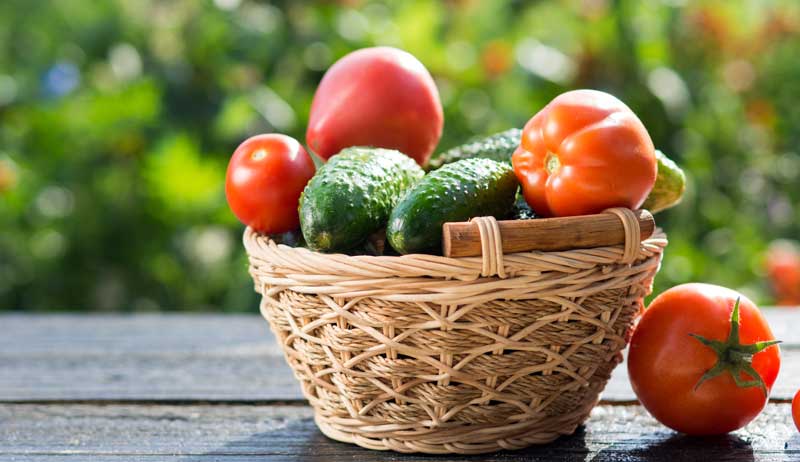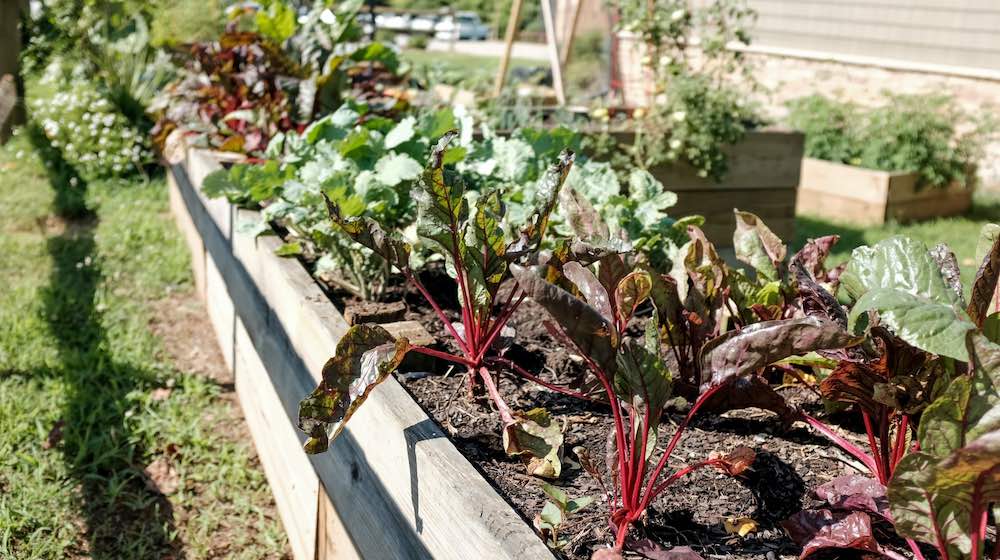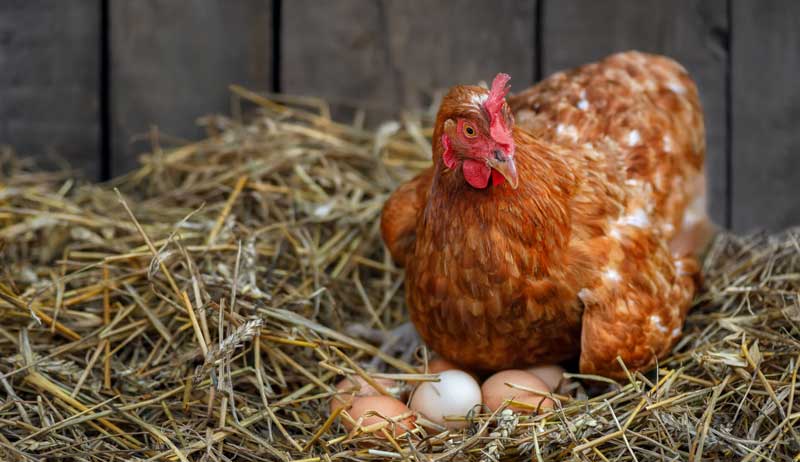How To Make Your Own Chunky Knit Blanket For Less Than $20 tallest) { tallest = thisHeight; } }); group.height(tallest); } equalHeight($(“.dg-grid-shortcode .dg_grid-shortcode-col”)); $(window).resize(function() { equalHeight($(“.dg-grid-shortcode .dg_grid-shortcode-col”)); }); }); ]]> Sorry, this product is unavailable. Please choose a different combination. ]]>
Month: August 2023
Delicious Homemade Goat Milk Yogurt the Whole Family Will Love
Delicious Homemade Goat Milk Yogurt the Whole Family Will Love tallest) { tallest = thisHeight; } }); group.height(tallest); } equalHeight($(“.dg-grid-shortcode .dg_grid-shortcode-col”)); $(window).resize(function() { equalHeight($(“.dg-grid-shortcode .dg_grid-shortcode-col”)); }); }); ]]> Sorry, this product is unavailable. Please choose a different combination. ]]>
10 Effective Tips How to Keep Plants Alive Amidst the Heat
10 Effective Tips How to Keep Plants Alive Amidst the Heat tallest) { tallest = thisHeight; } }); group.height(tallest); } equalHeight($(“.dg-grid-shortcode .dg_grid-shortcode-col”)); $(window).resize(function() { equalHeight($(“.dg-grid-shortcode .dg_grid-shortcode-col”)); }); }); ]]> Sorry, this product is unavailable. Please choose a different combination. ]]>
What You Need to Know on How to Grow Strawberries
What You Need to Know on How to Grow Strawberries | Homesteading tallest) { tallest = thisHeight; } }); group.height(tallest); } equalHeight($(“.dg-grid-shortcode .dg_grid-shortcode-col”)); $(window).resize(function() { equalHeight($(“.dg-grid-shortcode .dg_grid-shortcode-col”)); }); }); ]]> Sorry, this product is unavailable. Please choose a different combination. ]]>
Keeping Peafowl For Pleasure & Profit
Peacocks are recognized globally for their amazingly iridescent, colorful feathers. Plus they have special links to specific religious and cultural beliefs. But the bird specie’s name is really peafowl. Peacocks are male peafowl with their magnificent-fanned-tail displays for courting season. Dullish in appearance, the females are peahens, and the babies are peachicks.
Peafowl may be feral or domesticated, are popular in zoos, and even roam urban areas. On some farms, they even serve as guard animals. However, they are unique birds, and consideration of their needs and personalities is integral when deciding whether or not they will successfully relocate and adapt to a specific environment. But one successful relocation story comes out of Oklahoma.
A Rehoming Tale
A county sheriff called up Gloria and Chester Hocker 20 years ago to ask if the couple would round up a group of escaped peafowl running loose in a small town. The birds were free-roaming neighborhoods, damaging property as they went. Their sharp talons scratched cars when the birds jumped on them.
The Hockers own Chester’s Party Barn and Farm in Piedmont, Oklahoma. An over-25-acre farm, the rural location is home to 18 animal varieties. Even though the venue doesn’t rehome animals, the sheriff asked the Hockers to make an exception.
“Rounding them up was interesting,” said farm manager Jasie Dinkel. “You have to catch them at night, when you have an element of surprise in the darkness, and they are in one location roosting and sleeping. Our crew used fishing nets to catch them one at a time.”
Team Chester integrated the peafowl into their popular agri-tourism venue. Some of the 13 have now passed away due to old age, but the farm currently has two peacocks and one peahen. (The peahen was hatched on the farm.)
At Chester’s, the peafowl are docile with no issues around people. As well, they cohabitate with chickens, roosters, turkeys and ducks in a 400-square-foot area with lay boxes. They have outdoor areas to scratch and roll around in the dirt for dust baths, plus at least three levels of roost—including ledges, poles and rungs—for added height to their enclosure. Like chickens, the peafowl roost on almost anything off the ground.
Chester’s is a petting zoo, and visitors easily see the peafowl up close, and pet and feed them. But the birds’ enclosure is made so the peafowl cannot leave. So, although the other birds may get to free graze on the farm, the peafowl have to stay at home base.
“Our peafowl cannot totally free roam for their safety from predators, cars, and the risk of them getting loose and causing nuisance situations for our neighbors,” Dinkel said. “You can train most chickens to a home area. But our peafowl are not like chickens in that way. If they get out, they are gone. Perhaps some other farms may be able to train them to stay close, but we have not been…
5 Productive Garden Vegetables Every Homestead Should Grow
There are few things worse than spending a small fortune on a garden just to grow a tomato or two. Gardening can be expensive. Gardens are a huge time commitment and, honestly, a lot of work. So, it’s important to select the right varieties of garden vegetables to make all of that worth it!
We know that you want to have mountains and mountains of produce from your garden to justify all that investment of time and money. So here are five of the most productive high-yielding vegetables every gardener should grow!
Tomatoes
Tomatoes are one of the most productive and highest-yielding vegetables of the summer garden. One packet of tomato seeds can produce a dozen tomato plants, each of which can yield pounds and pounds of tomatoes.
Tomatoes are typically categorized by indeterminate or determinate varieties. Indeterminate tomato varieties will continue to grow and produce tomatoes all season long. These varieties produce huge quantities of delicious tomatoes over the course of the season.
Determinate tomato varieties do not produce tomatoes as long into the season. Instead, the fruit of determinant tomato varieties ripen simultaneously, making this an ideal crop for canning and saucing!
Whether you choose determinate, indeterminate, or a mixture of both, tomatoes—when properly cared for—can produce very large crops of delicious summertime fruit.
Salad Greens
Every good garden has a few greens planted here and there! Greens are potentially one of the most productive and high-yield crops per square foot in the garden. Lettuces, spinaches, kales—they can all be very prolific.
Just one packet of seeds can keep you eating more greens than you ever thought possible!
The most wonderful thing about growing greens is that they can be planted in small spaces and almost anyone can find the garden space to grow some greens! They also thrive in cooler weather, which can extend your growing season and therefore extend your overall season’s productivity.
Squash
Everyone who has grown summer squash knows just how much squash one plant can produce. One day your baby zucchini is tiny, and the next it could feed 10 people—with some to spare!
Summer squash (as well as winter squash) can be very prolific in the garden and produce pounds and pounds of squash. Summer squash varieties, such as yellow squash or zucchini, are among the most productive, producing bumper crops of squash.
Planting a mixture of winter squash and summer squash can produce a longer stand of food as well. Winter squash, such as butternut squash, can be stored for months, while summer squash should be eaten or preserved promptly after harvest. Overall though, few vegetables are as high yielding as the squash family!
Beans
Beans are super producers in the garden! I remember vividly spending long, hot summer days harvesting green beans in the garden every single day, and snapping them and canning them almost every single evening. It always seemed like the…
13 Fastest Growing Vegetables You Can Grow in Your Home Garden
13 Fastest Growing Vegetables You Can Grow in Your Home Garden tallest) { tallest = thisHeight; } }); group.height(tallest); } equalHeight($(“.dg-grid-shortcode .dg_grid-shortcode-col”)); $(window).resize(function() { equalHeight($(“.dg-grid-shortcode .dg_grid-shortcode-col”)); }); }); ]]> Sorry, this product is unavailable. Please choose a different combination. ]]>
How To Treat Oviduct Prolapse In A Laying Hen
Oviduct prolapse is scary and stressful for backyard flock owners. The thought of your beloved hen’s oviduct sticking out of her cloaca is enough to send shivers up and down your back. While most hens will never experience an oviduct prolapse, it does happen occasionally. Learning to treat this condition could be the difference between life and death for your hen.
There are several things you should know before dealing with a prolapsed oviduct:
- Always isolate the prolapsed hen to avoid cannibalism.
- Only treat a prolapsed oviduct at home in emergencies.
- Always take your hen to see a licensed veterinarian, even if you have successfully pushed the oviduct back in, to ensure she isn’t injured internally.
Emergency Prolapse
Emergency treatment occurs when you realize your hen has prolapsed, and the veterinarian who usually treats your chickens is closed for the night. Every animal hospital you call has no appointments or doesn’t treat chickens, and there is no other way to treat her.
That is what happened when Millicent, my Speckled Sussex hen, laid an egg on the fourth of July and prolapsed. Every vet I called in the area was closed, and all the emergency veterinarian hospitals I called in my home state didn’t have a veterinarian who treated chickens. So, with help from my sister, I gathered everything we needed to treat a prolapsed oviduct at home.
When dealing with a prolapse, you must respond quickly to increase your hen’s survival rate. The longer the oviduct is exposed, the harder it will be for your hen to recover, and increase the chances of contracting an infection and fly strike. Chickens can’t poop when they have a prolapsed oviduct, so a hen suffering from this condition may also have an impacted crop.
Treatment
Treating an oviduct prolapse requires only a few things that should be in your flock emergency kit:
- disposable gloves
- petroleum jelly or coconut oil
- granulated sugar
Wearing disposable gloves and holding the hen securely on your lap, clean the exposed oviduct gently with warm water, being careful that no water enters your hen’s cloaca.
Generously sprinkle sugar over the exposed oviduct and let the sugar sit for 15 minutes. The sugar helps to absorb liquid in the prolapse, causing the oviduct to shrink.
Next, wear a clean pair of disposable gloves, coat the gloves and the hen’s cloaca with Vaseline or coconut oil. Carefully gather the exposed oviduct between your fingers and thumb, and gently push the oviduct up the hen’s cloaca until the oviduct has disappeared from view.
In some cases, the oviduct will pop right back out. If this happens, repeat the steps until the prolapse disappears into the hen.
Calling a Vet
Whenever possible, having a vet treat the prolapsed oviduct is the best way to treat your hen and increase her chances of survival. Oviduct prolapses are an emergency life-threatening condition, so when scheduling an appointment for your hen, tell the receptionist that you are…
How To Grow A Survival Garden FAST
Advertisement
Estimated reading time: 18 minutes
If you had one year before you knew everything was going to fall apart, how would you address your food supply situation? Would you jump up and run to the store to buy a bunch of canned goods or maybe you would purchase several emergency food buckets?
Neither of those are bad options but two problems arise. You can probably only buy so much food and eventually that food will run out. At the point when you need more food, buying it may not be an option. You need a source of sustainable food and you need it now.
Article continues below.
It’s time to put on some work gloves and find your green thumb because today we are going to discuss setting up a survival garden quickly.
Want to save this post for later? Click Here to Pin It On Pinterest!
Survival Garden 101
Before you even stick a shovel into the ground there are a few things to keep in mind that will help you get off to a good start and have a successful food supply.
Investment
Unless you already have some of the tools and supplies associated with gardening, there is going to be a bit of an upfront investment. Like any project or hobby, the sky’s the limit in terms of what you can spend, but gardening in itself doesn’t have to be expensive. Just remember, what resources you put into a food garden now, will pay huge dividends down the road.
Work and Time
A garden will require your time and energy to set up and maintain. The key, however, is consistency. If you remain disciplined about tending to a garden every single day then you will avoid having to spend hours at a time on one specific task, such as weeding.
Timing
The timing of planting and harvesting is something you also need to be aware of. Dropping some seeds into the ground isn’t going to provide food in a few days. Anything of substance is going to take almost 60 days or more to grow. This is why it is so important to lay down the foundation of a garden long before your main supply of food runs out.
Available space
Before buying any tools or supplies, take a look around your property and figure out the space you have available for gardening. This includes the back, sides, and front of your home. If you have zero outdoor space, you can still have a garden but will have to opt for growing indoors. Keep a sharp eye and utilize any available space.
For more information on garden space-saving tips, click here.
Preservation
It’s important to have methods of preserving…
EPIC, CDD, Fairplay Urge FTC to Require Independent Audit of Face-Scanning Parental Consent Tool
In comments to the Federal Trade Commission, EPIC, the Center for Digital Democracy, and Fairplay urged the FTC to center privacy and data security risks as it evaluates Yoti Inc’s proposed face-scanning tool for obtaining verifiable parental consent under the Children’s Online Privacy Protection Act (COPPA). The COPPA Rule specifies that a new parental consent method must be “reasonably calculated, in light of available technology, to ensure that the person providing consent is the child’s parent.” According to Yoti’s application for FTC approval, if a child seeks to access a website that requires verifiable parental consent, the child can provide their parent’s email address, and then the person opening the email can choose to participate in Yoti’s face-scanning service to estimate their age. Yoti’s face-scanning tool analyzes a photo of a person’s face to determine if they are an adult. But Yoti’s tool does not appear adequate under the COPPA Rule because it only purports to determine that a person is an adult, not that the person providing “consent” is the child’s parent. At the same time, Yoti’s tool relies on sensitive data collection and processing of biometrics, posing privacy, equity, and security risks to consumers. If the FTC is still contemplating approval of Yoti’s face-scanning tool, the groups argued that the Commission must first require an independent audit establishing that Yoti’s privacy and data security practices are sufficiently robust.
EPIC regularly comments in response to proposed FTC rulemakings, orders, and other regulatory actions implicating privacy rights and data security. EPIC also commented in the most recent FTC regulatory review of the COPPA Rule.









